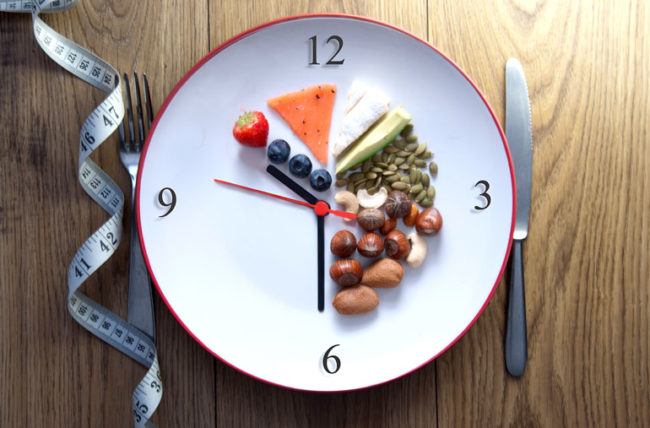Introduction
Intermittent fasting has recently gained popularity as a health trend. Devotees claim it can help them lose weight, enhance their metabolic health, and possibly even live longer. Every strategy can be beneficial, but determining which one is best for you is a personal decision. There are several approaches to this eating pattern. However, before beginning an intermittent fast or deciding how frequently to fast, you should consult with a healthcare expert. There are six popular approaches to intermittent fasting.
Intermittent fasting methods
16/8 method
This method involves fasting for roughly 16 hours every day and limiting your daily eating window to about 8 hours. You may consume two, three, or more meals within the eating window. Martin Berkhan, a fitness specialist, popularised this strategy, which is also known as the Leangains protocol.
This way of fasting is as simple as not eating anything after dinner and skipping breakfast, so you’re officially fasting for 16 hours. This strategy may be difficult to adapt for people who are hungry in the morning and like to have breakfast. However, many breakfast skippers take this way naturally. While fasting, you may drink water, coffee, and other zero-calorie liquids to lessen hunger. It is critical to focus on consuming healthy foods throughout your eating window. This strategy will not work if you consume an excessive amount of processed meals and calories.
5:2 Diet
It entails eating what you normally eat 5 days a week and limiting your calorie consumption to 500 to 600 for the other two days. The Fast Diet, as it is often known, was popularised by British journalist Michael Mosley. For fasting days, females may consume 500 calories and males may consume 600. This method has been proven to be effective for weight loss.
Eat stop Eat method
This strategy consists of a 24-hour fast once or twice a week. It was promoted by fitness instructor Brad Pilon and has been around for quite some time. Fasting from dinner today to dinner the next day makes up for a 24-hour fast. While fasting, water, coffee, and other zero-calorie liquids are permitted, but no solid foods. If you intend to use it to lose weight, it’s important that you keep to your regular diet during the eating intervals. That means you should eat as much as you would if you have not been fasting at all.
The possible disadvantage of this strategy is that many people may find it difficult to fast for a full 24-hour period, which informs them not to go all in right away. It’s acceptable to start with 14–16 hours and work your way up from there.
Alternate-day fasting
Alternate-day fasting involves fasting every other day. This approach comes in a variety of flavours. During fasting days, some of them are allowed 500 calories. One modest study, however, Trusted Source has discovered that alternate-day fasting was no more successful than a regular calorie-restricted diet for producing weight loss or weight maintenance.
A full fast every other day may appear to be overworked, so it is not recommended for beginners. This strategy may cause you to go to bed very hungry several times each week, which is unpleasant and likely unsustainable in the long run.
The Warrior Diet
This method was introduced by fitness expert Ori Hofmekler. It entails eating little amounts of raw fruits and vegetables throughout the day and one large meal at night. In essence, you fast during the day and eat at night within a 4 hours eating window. The Warrior Diet was among the first popular diets to use in the form of intermittent fasting. The food options on this diet are very similar to those on the paleo diet, mainly whole, unprocessed meals.
Spontaneous meal skipping
To get some of the benefits of intermittent fasting, you do not need to follow a particular diet control. The alternative is to skip meals on occasion, such as when you are not hungry or too busy to cook and eat. Some people used to eat every few hours to avoid going into starvation mode or losing muscle. Some bodies are well-equipped to withstand long periods of starvation and can go without one or two meals on occasion. You are the one who truly understands yourself. Skipping one meal or two whenever you feel like it is the key for spontaneous intermittent fasting. During non-fasting periods, just be sure to consume nutritious, balanced meals.
Conclusion
Intermittent fasting is a weight loss strategy that some people find effective, it may not suitable for everyone. It is not suggested for persons who have or are at risk of developing eating disorders. It could also be a problem for those who have underlying medical concerns. If you decide to practise intermittent fasting, keep in mind that the quality of your food is critical. It is not realistic to feast on ultra-processed meals during meal times and expect to lose weight and improve your health. In addition, before beginning an intermittent fast, you should consult with a healthcare expert.




